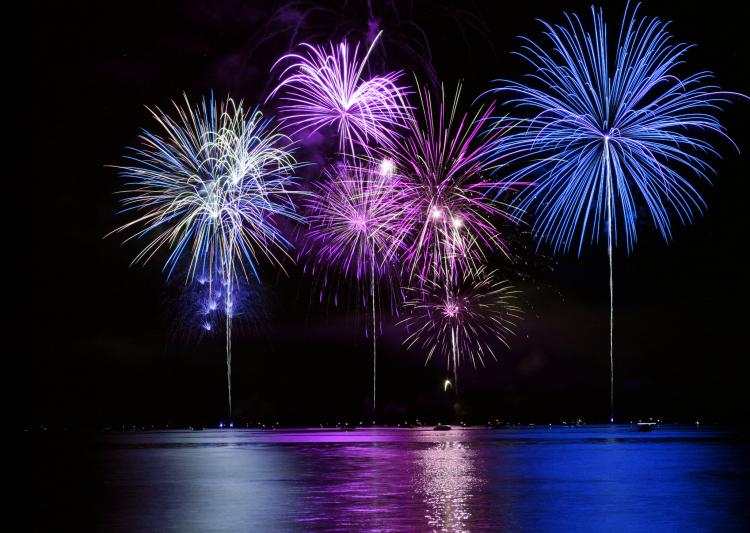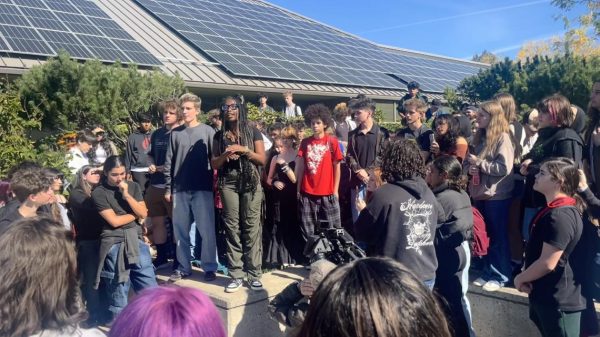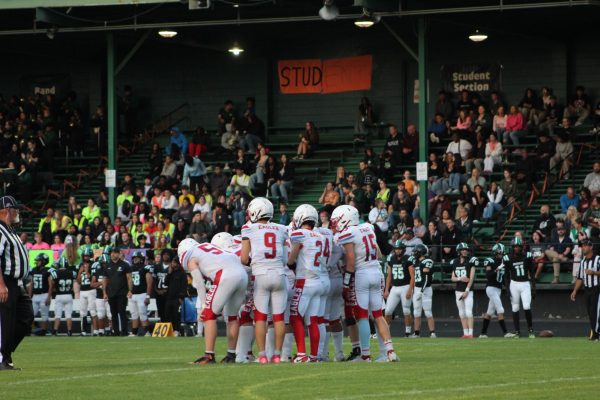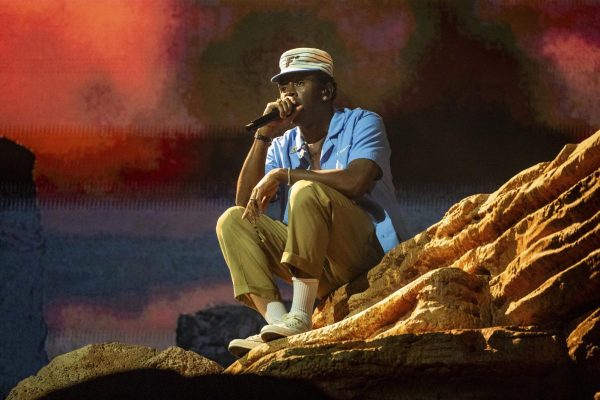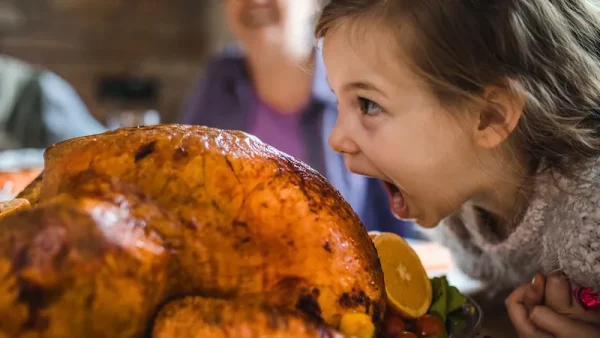New Years around the World!
The new year, 2022 is here! And with that comes resolutions, celebrations, and the hope of the entire world that this year will be better than the last. But I think here in America we lose touch with the fact that the rest of the world celebrates this phenomenon of time as well, so today we are going to see how different cultures celebrate one of the most festive times of the year.
First off we might as well start with the home nation of yours truly the land of the free. The United States of America! On the date December 31st in America there is the time honored tradition of “the ball drop” at the Times Square in New York City. This tradition has been in place since the year 1904, but the year 1907 was when it gained major popularity. This phenomenon was created by the New York Times chief election at the time, Walter Palmer, which was said to be inspired by the Western Union building that dropped a time ball each day at noon. Since noon is at 12 pm, it makes sense that the ball would drop at 12 am on the first day of the new year. Of course all American kids remember being able to stay up till 12 at night and take part in the countdown to the new year and almost all American adults have stories of one crazy New Year’s Eve party that was full of fun, sin, and kinship with friends and family.
New Year’s Day in the USA is a festivity that many people all around the world know too well but there are many other cultures other than our American culture on our earth such as the Diwali celebration in one of the deepest and richest culture hotspots in the nation of India. The Diwali celebration takes place on varying dates as the years go on almost as a hidden message that time is always changing, and we as humans must go forward to simply live our lives with all the good and the bad. 2021’s first day of Diwali happens to be November 4th. Diwali has a span of 5 days after 21 days have passed from another holiday Dussehra. Diwali is a celebration for Lakshmi, the goddess of wealth and good fortune, so it makes sense that during this festive time in the ancient land of India – gift giving is a huge deal. From the outside looking in you can almost call Diwali the Hindus’ Christmas, but it is so much more deep than that. The people of the Hindu religion take this time to praise Lakshmi and connect with family. The people wear their finest clothes and enjoy fireworks as well as gifts and sweets galore. An Indian household during Diwali may be adorned with lit up rangoli, an Indian art piece on the floor, that is made of colored sand or powder, and is full of vibrant colors along with amazing patterns.
The next and last celebration we will cover on this journey through the new year is a celebration that takes place in the “Land of the rising sun” – Japan. In the land known by it’s natives as “Nippon” on January 1st of each year since the year 1873, Japanese New Year or “Shogatsu” which literally translates to “January” is celebrated. During this time amazing colors light up the night as the people eat, laugh, dance, and enjoy the time with a certain sense of innocence and joy that is oh so rare in this cruel yet amazing challenge that man calls life. Throughout Shogatsu one of the most popular activities is to visit a shrine to meditate and pray. During the three days that Shogatsu is celebrated these shrines can attract millions. The highest number of people go to the shrines during the countdown to the new year as when the clock hits 12 the temple bell rings into the cool night – thus ushering in the new year. These shrines are very popular, but by far the most visited temple is Meiji Shrine. The religion that these temple followers use is called “Shinto” which is widely regarded as Japan’s indigenous religion. Shinto means “Way of the gods”, and the followers believe in one main idea “Kami” which governs humans and their relationship with the land and nature, thus many of Shinto’s polycystic gods are very revolved around nature. Shogatsu is revered by the Japanese people because it is believed that when they celebrate this holiday, the next year will be better and full of happiness.
In conclusion, though we may all have different backgrounds and be worlds apart, the coming of a new year seems to bring the people on earth together in celebration. We all share a wish and hope that the near future of the next year will bring happiness and prosperity to us no matter the circumstances.

